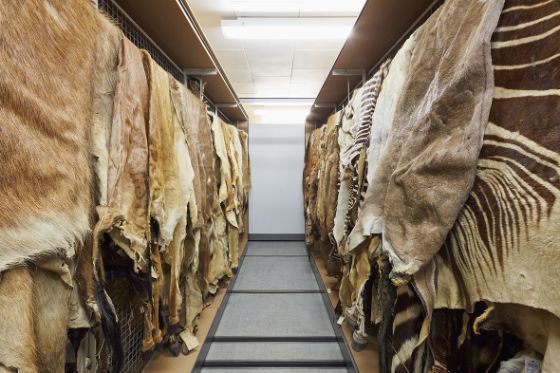
EARTH SCIENCES COLLECTIONS
The earth sciences collections at the Natural History Museum Basel house over four million objects. Whether quartz, the shell of a single-celled organism or the skeleton of a whale – all of them are witnesses to the history of the earth and the evolution of life.
The earth sciences collections have a long history. They have been established over the last 350 years. We draw our knowledge from this enormous archive. How did the earth and its living organisms come to exist? It is only by looking at the past that we are able to understand the present, and perhaps even the future.
The collections are divided into the specialist sections of anthropology, mineralogy and palaeontology.
Anthropology (Greek: anthropos = man; logos = study) focuses on human development - from prehistoric days to the more recent past.
Mineralogy (mediaeval Latin: (aes) minerale = mineral, ore stone; Greek: logos = study) is the study of minerals. It focuses on the composition of minerals and rocks, their deposits and where they are found. It examines the structure and shape of minerals, their development, their properties and the structure of rocks made from different minerals.
Palaeontology (Greek: palaios = old; logos = study) is the science of things that lived in ancient eras, known as fossils. Palaeontology researches the development of life over the course of the earth's history. It endeavours to understand the causal relationships between the development processes of organisms and the environment in space and time. The skeletons of modern-day, more recent vertebrates form part of the palaeontology collections (osteology).
